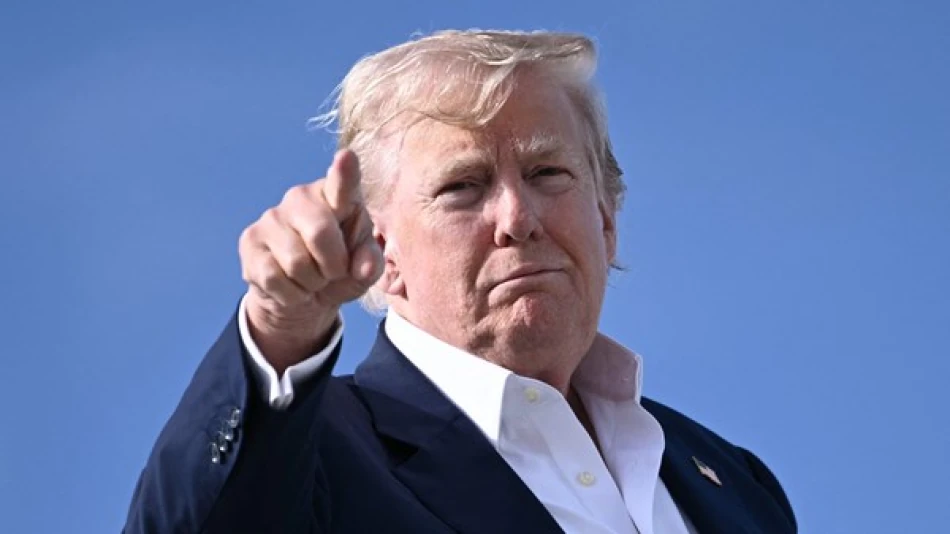
Trump's Policies Reshape the Global Economic Landscape
Trump Launches Global Trade War with Sweeping Tariffs on 69 Countries
President Donald Trump has imposed punitive tariffs ranging from 10% to 50% on imports from 69 trading partners, including close allies Canada, Brazil, India, and Switzerland. The executive order represents the most aggressive unilateral trade action in decades, fundamentally reshaping global commerce relationships and triggering immediate market selloffs across Europe.
The Scope of America's New Trade Barriers
Trump's executive order establishes a tiered tariff system that hits major economies with particularly steep penalties. Canada faces 35% tariffs on most goods, while Brazil confronts a devastating 50% rate. India will see 25% tariffs, and Switzerland 39%. The remaining countries on the 69-nation list face rates between 10% and 41%, to be implemented within seven days.
Perhaps most significantly, all other nations not specifically listed will face a baseline 10% import tax—a rate Trump has indicated could rise further. This universal tariff approach marks a dramatic departure from the selective, sector-specific trade disputes that have characterized previous administrations.
Market Reaction Signals Economic Uncertainty
European stocks immediately tumbled to three-week lows as investors grappled with the implications of the sweeping trade measures. The swift market response underscores how Trump's tariff strategy threatens established supply chains and profit margins across industries.
Unlike the targeted steel and aluminum tariffs of Trump's first term, this comprehensive approach affects virtually every category of imported goods, from raw materials to finished consumer products. The broad scope suggests Trump is prioritizing domestic manufacturing revival over traditional concerns about consumer price increases.
International Partners Scramble for Diplomatic Solutions
The affected nations are pursuing vastly different response strategies, revealing the challenge of coordinating opposition to U.S. trade policy. Switzerland has opted for diplomatic engagement, seeking what officials call a "negotiated solution" with Washington.
South Africa's Trade Minister Parks Tau announced plans for "practical and real intervention" to protect jobs and economic stability from the 30% tariffs imposed on his country. Meanwhile, Canadian Prime Minister Mark Carney struck a more measured tone, emphasizing Canada's focus on "strengthening what we can control" while maintaining ongoing trade negotiations.
A Return to 1930s-Style Protectionism
This tariff offensive resembles the trade policies of the 1930s more than modern international commerce practices. The Smoot-Hawley Tariff Act of 1930, which imposed similar broad-based import duties, contributed to the deepening of the Great Depression as trading partners retaliated with their own barriers.
However, the current U.S. economy operates from a position of relative strength compared to 1930, with low unemployment and robust consumer spending potentially providing more cushion against retaliatory measures.
Strategic Implications for Global Supply Chains
Multinational corporations now face a stark choice: absorb the higher costs, pass them to consumers, or fundamentally restructure their supply chains. Companies with significant exposure to affected markets—particularly those importing from Canada and Brazil—may need to rapidly identify alternative suppliers or consider reshoring production to the United States.
The seven-day implementation timeline leaves little room for adjustment, suggesting Trump intends to use economic shock as a negotiating tactic rather than allowing gradual market adaptation. This approach maximizes immediate pressure on trading partners while potentially amplifying domestic economic disruption.
The success of this strategy will largely depend on whether affected nations choose coordinated retaliation or individual accommodation—and whether American consumers prove willing to accept higher prices in exchange for the promise of domestic job creation.
 Layla Al Mansoori
Layla Al Mansoori







